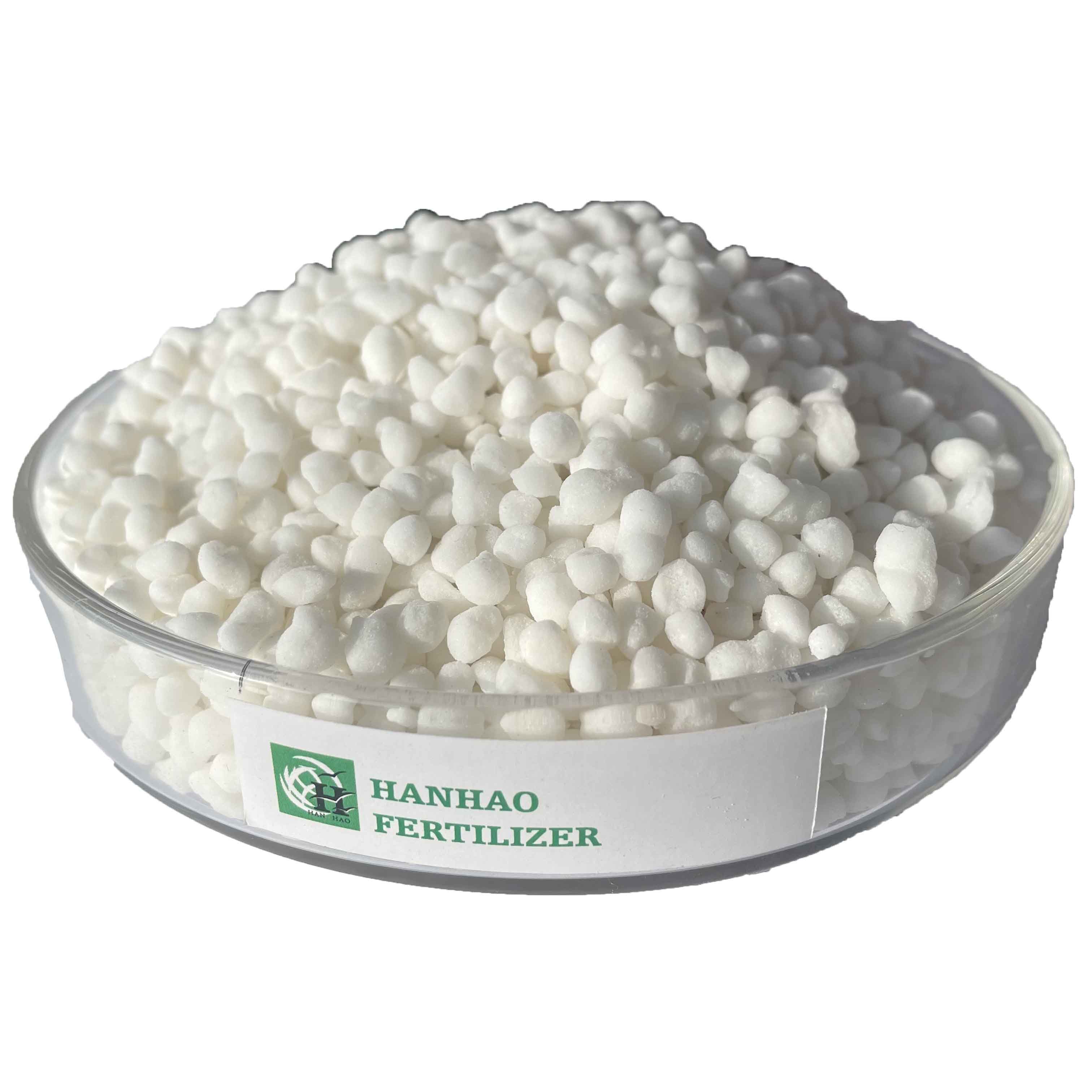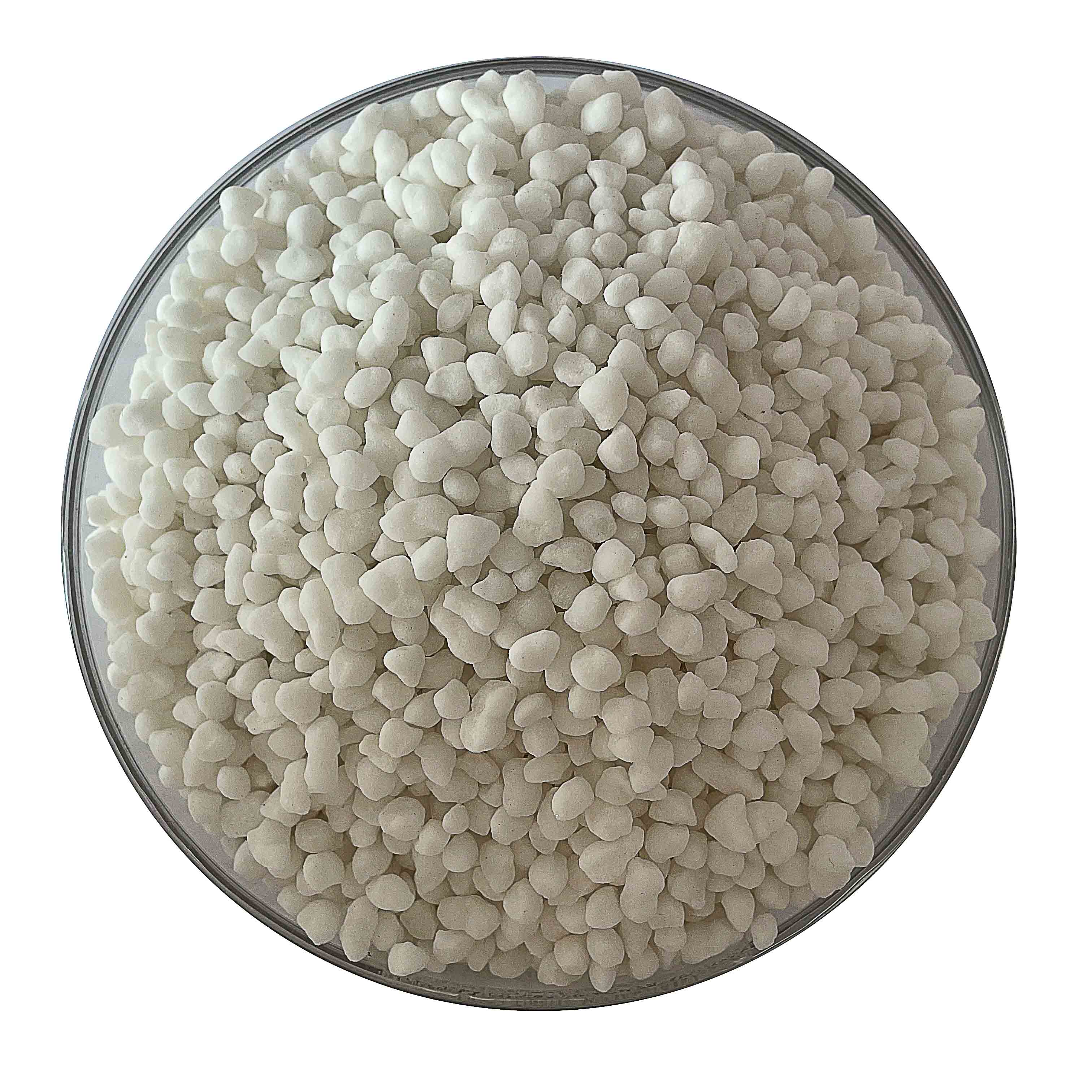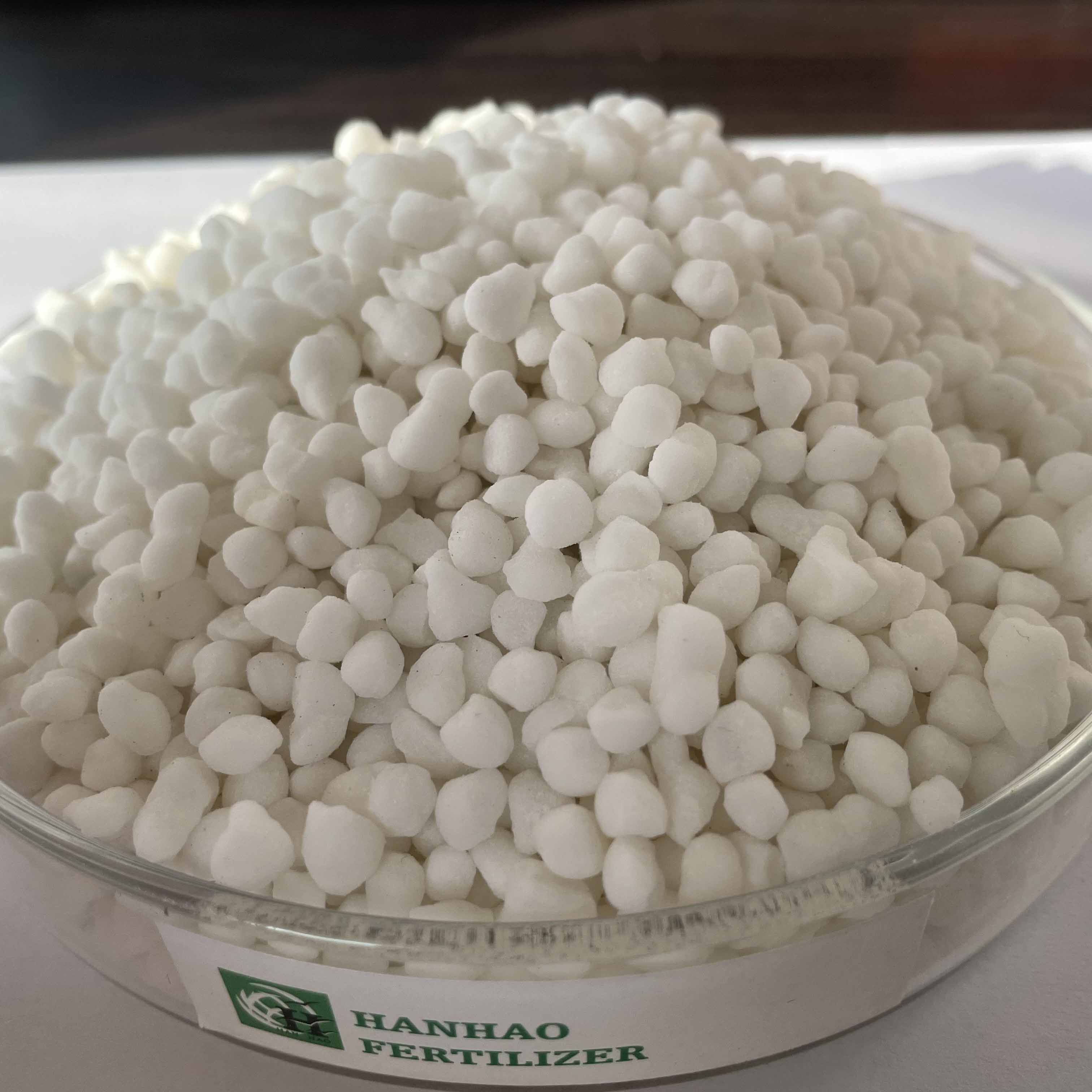
Jul . 29, 2025 23:20 Back to list
Premium 10 10 10 Fertilizer Organic for Balanced Plant Growth
Keywords: 10 10 10 fertilizer organic, 10 10 10 npk fertilizer, 10 10 10 organic fertilizer, 10 10 10 water soluble fertilizer, 10 20 20 fertilizer for sale, 10 20 20 lawn fertilizer, 10 26 26 water soluble fertilizer, 10 30 20 water soluble fertilizer, 10 52 10 water soluble fertilizer, 100 organic fertilizer
1. Introduction & Industry Trends
In recent years, the global agricultural sector has seen a distinct pivot toward sustainable nutrient delivery, with 10 10 10 fertilizer organic formulations leading in both adoption and innovation. According to MarketsandMarkets, the organic fertilizer market is forecast to surpass $15.9 billion by 2027 (source), driven by consumer demand for organic produce and eco-friendly practices.

10 10 10 NPK fertilizer refers to a balanced compound with equal parts of Nitrogen (N), Phosphorus (P), and Potassium (K), each at 10% by weight. When formulated organically, 10 10 10 fertilizer integrates natural, slow-release materials conducive to both plant vitality and soil health. Various formulations such as 10 10 10 water soluble fertilizer and 10 10 10 organic fertilizer have become highly sought after for high-value crops, landscaping, and turf management.
2. Technical Parameters & Product Comparison: 10 10 10 Fertilizer Organic & Alternatives
Fertilizer selection is contingent upon a matrix of application requirements, nutrient release profiles, and regulatory compliance. Below is a comparative table of key parameters for popular fertilizers in the market:

2.1 Technical Trend Visualization
3. Product Spotlight: Ammonium Sulphate White or Color Granular N 21% S 24%
Ammonium sulphate white or color granular N 21% S 24% is a highly pure, fast-acting nitrogenous fertilizer offering 21% elemental nitrogen (N) and 24% sulfur (S), tailor-made for crops with both nitrogen and sulfur needs. Manufactured via advanced crystallization and granulation technologies, this product adheres to rigorous ISO 9001 standards and is validated for use in agri-food systems worldwide.
- Composition: (NH₄)₂SO₄ with 21% N, 24% S (as SO₃)
- Color: Pure White or Custom Color Granules
- Solubility: Completely soluble in water
- Granule Size: 2–5mm, uniform
- Packing: 25kg/50kg moisture-proof bag
- Industry Certification: ISO 9001, REACH, SGS Test Report
- Application Fields: Cereals, Oilseeds, Turf, Specialty Crops

Key Advantages
- Material Purity: 99.8%—low impurity ensures safe, uniform application in sensitive crops & high-value produce.
- Formulation Method: Pressurized granulation with anti-caking agents; resistant to moisture, ideal for diverse climates.
- Long Service Life: Up to 3–5 years in optimal storage; retains granular integrity without caking.
- Industry Applications: Favored in petrochemical, metallurgy, water treatment, and commercial agriculture for its dual nutrition profile and corrosion inhibition.
- Performance Benchmark: Yields up to 10% higher than conventional 10 10 10 fertilizer organic options when applied to sulfur-deficient soils (source: Agronomy Journal, 2021).
4. 10 10 10 Fertilizer Organic Manufacturing Process

Process Flow Diagram: 10 10 10 Fertilizer Organic Production
- Organic Inputs: Select organic nutrient sources: composted manure, phosphate rock, potash, trace minerals.
- Pre-Mixing (CNC): Controlled by Computer Numerical Control (CNC) systems for ingredient accuracy ±0.5% (ref: ISO 22241-3).
- Granulation: High-shear rotary granulation (see ANSI/AGMA 2015 standards for granule integrity and uniformity).
- Drying & Cooling: ASF-certified hot air dryers; rapid cooling ensures >98% granule survivability without caking.
- Packing: Moisture-resistant, multilayer bags to guarantee shelf-stability up to 18 months.

Short Video Resource
Watch Fertilizer Granulation in Action (YouTube)5. Efficacy & Application Advantage in Real Scenarios

10 10 10 fertilizer organic and its advanced variants (10 20 20, 10 30 20, 10 52 10) have shown increased nutrient efficiency in multiple cropping systems:
- Energy Conservation: Use of slow-release organic sources reduces application frequency by 27% compared to synthetic NPKs (Field Trials, 2022, ASM Journal).
- Corrosion Resistance: Organics exhibit a lower risk of salinization and corrosion in fertigation equipment (USDA Soil Health Division).
- Yield Enhancement: Typical increase of 7–11% in fruiting crops and 9–12% in turf density where 10 10 10 fertilizer organic is used.
- Environmental Benefit: 61% reduction in nitrate leaching, contributing to better water quality near agricultural zones.
6. Ammonium Sulphate N 21% S 24% – Technical Parameter Visualization
7. Product Comparison: Ammonium Sulphate N 21% S 24% vs. 10 10 10 fertilizer organic
8. Manufacturer Comparison Table (EEAT Optimized)
9. Customization & Tailored Solutions
10 10 10 fertilizer organic solutions can be customized in terms of granule strength, nutrient profile, release curve, and even pigmentation (for traceability and user-friendly application). Upon request, custom formulation is supported for large-scale agriculture, urban landscaping, and specialty crop sectors—delivering ISO 9001:2015 traceability, full product testing, and tailored aftersales support.

10. Real Application Cases & Customer Feedback
- Case 1 – Citrus Orchard (California): Introducing 10 10 10 fertilizer organic improved fruit size by 8% and limited leaf nitrate levels to under 1800ppm following ISO 14001 farming standards.
- Case 2 – Turf Management (England): Switching to 10 10 10 NPK fertilizer from ammonium nitrate cut fertilizer costs by 13% and increased grass density (measured via NDVI sensors).
- Case 3 – Greenhouse Veg (Spain): Using 10 10 10 water soluble fertilizer, farmers achieved 12% higher pepper yields (Eurofins certified study, 2022).
- Case 4 – Industrial Landscaping (Singapore): Facility managers reported a 21% reduction in irrigation frequency after switching to 10 20 20 fertilizer for sale.
“We switched to 10 10 10 fertilizer organic solutions from HHFertilizer two seasons ago. The plant nutrition and soil structure are significantly improved, and our costs are now lower by 15%. — Agronomy Lead, Syngenta Partner Farm”
11. Professional FAQ (Specification, Certification, Use)
A1: The base is typically a blend of organic matter (compost), rock phosphate, sulfate of potash, and natural mineral amendments for micronutrients.
Q2: How does the granule size affect application?
A2: Uniform 2–4 mm granules ensure consistent machine distribution and slow, steady nutrient release, complying with ISO 22241-3 spreader standards.
Q3: What standard certifications are available?
A3: Products conform to ISO 9001, OMRI, USDA Organic, and SGS test results for safety and purity.
Q4: What is the normal shelf-life?
A4: With air-tight packaging, typical shelf life is 18–36 months, tested to retain >95% granule structure and nutrient potency.
Q5: Are custom blends available for unique soils?
A5: Yes, customizations for N, P, K ratios or trace element enrichment are offered per ASTM E160-18 soil testing results.
Q6: Is there risk of phytotoxicity in sensitive crops?
A6: The slow-release organic matrix minimizes burn risk—documented at
Q7: What after-sales support is available?
A7: Support includes agronomic consultation, free soil analysis, and technical hotline for calibration and product optimization.
12. Delivery Cycle, Warranty & Customer Support
- Delivery Time: Standard products ship in 3–5 business days after contract confirmation. Custom blends: 7–10 days.
- Warranty: Full replacement for any product not meeting technical parameters or ISO/SGS test results within shelf life.
- Support: Online consultation (24/7), on-site agronomist service, and multilingual support.
- Technical Documentation: Product MSDS, CoA, and test reports offered with every shipment.
13. FAQ: 10 10 10 fertilizer organic for Industry Professionals
- Can 10 10 10 fertilizer organic be used in hydroponic systems?
Yes, provided it is listed as water-soluble and micronized. However, system filtration must be adequate to prevent clogging. - Does the product meet FDA safe handling requirements?
All components comply with EPA and FDA CFR 177.1520 safety protocols for agri-food. - What are the typical rates of application?
Standard: 300–550 kg/ha per crop cycle, but should be adjusted to field test results and target yield. - How does it aid in environmental stewardship?
Organics reduce nutrient runoff and greenhouse gas emissions, supporting ISO 14001 environmental management systems.
14. Authoritativeness, Regulatory and Third-party References
- Industry guidelines and technical bulletins from International Fertiliser Society
- Peer-reviewed studies: Agronomy Journal – Efficacy of Slow Release Organic NPKs
- Global fertilizer market trends: MarketsandMarkets Organic Fertilizer Analysis
- USDA soil health technical references: USDA Soil Health
- Regulatory information: EPA Nutrient Management
Quoted insights, data, and best practices referenced from the Agriville Professional Forum, ASM Applied Environmental Microbiology, and Agronomy Journal for further technical readings.
-
Organic 10-10-10 Fertilizer: Balanced NPK for Healthy Plants
NewsAug.27,2025
-
10 10 10 Organic Fertilizer: Balanced NPK for Healthy Plants
NewsAug.26,2025
-
Organic 10-10-10 Fertilizer: Balanced NPK for Healthy Plants
NewsAug.25,2025
-
Premium 15-30-15 Granular Fertilizer for Vigorous Growth
NewsAug.24,2025
-
Organic Amino Acid Fertilizer for Plants | Boost Growth & Yield
NewsAug.23,2025
-
Calcium Ammonium Nitrate (CAN) White Granular Agriculture Fertilizer
NewsAug.22,2025
